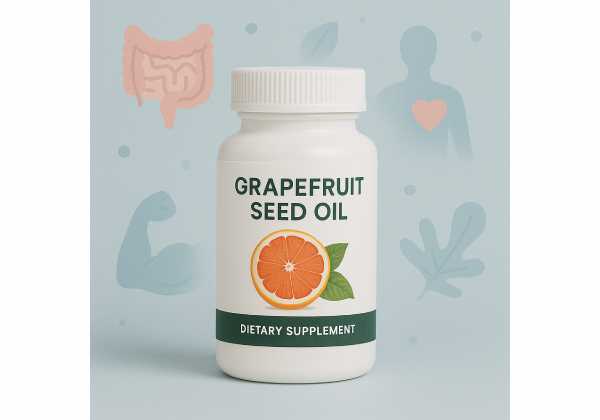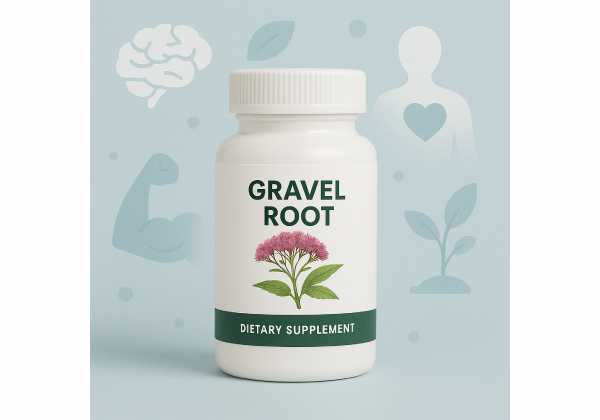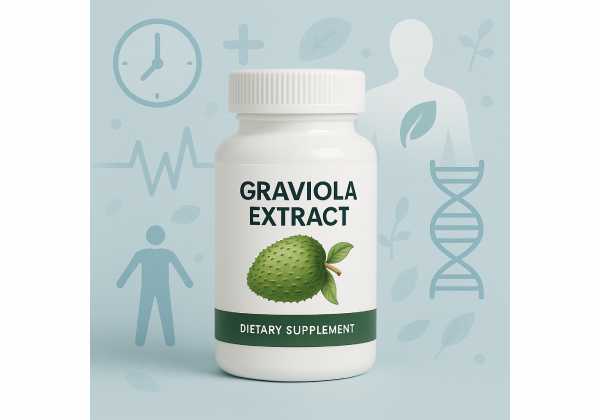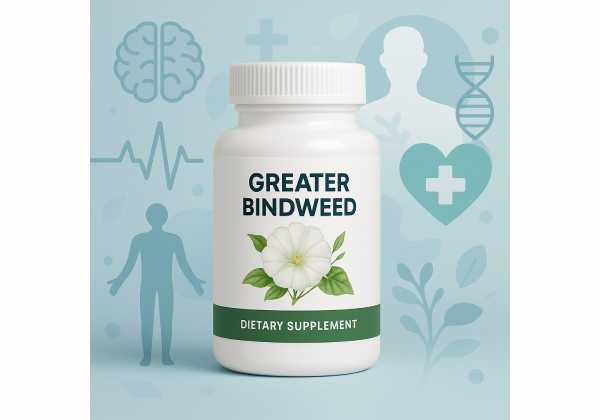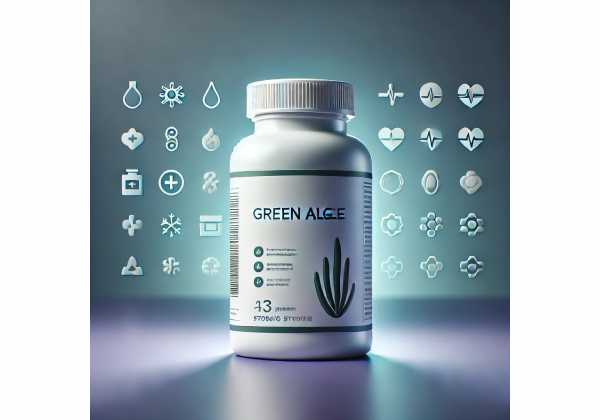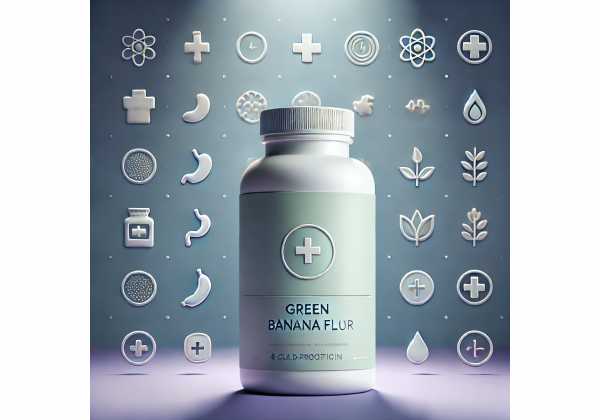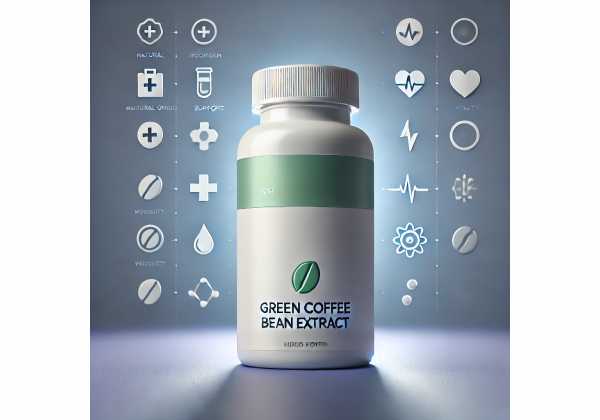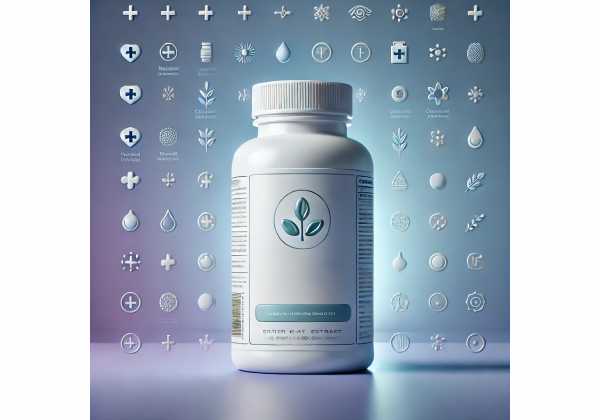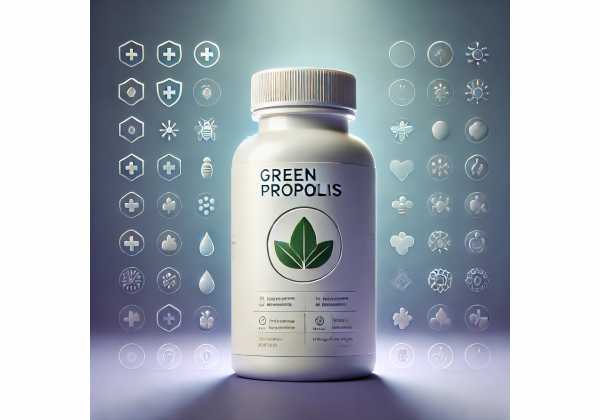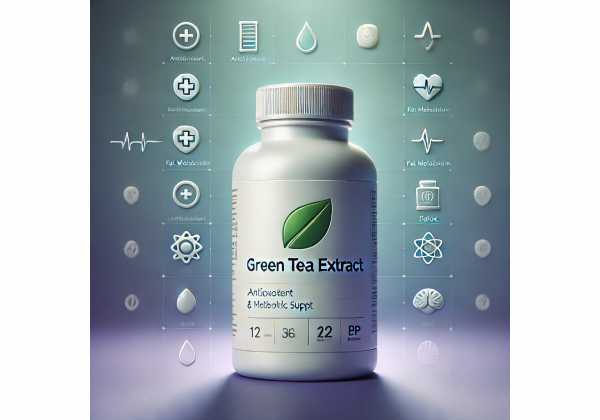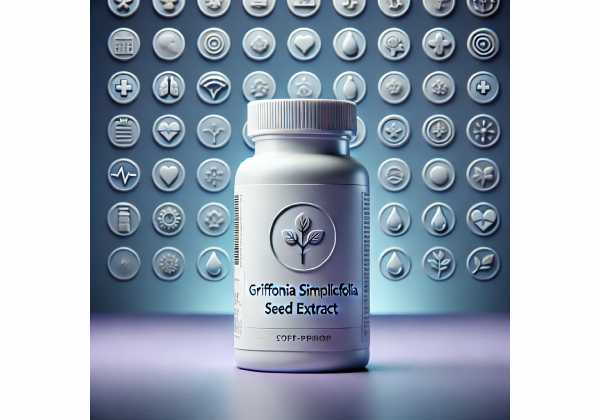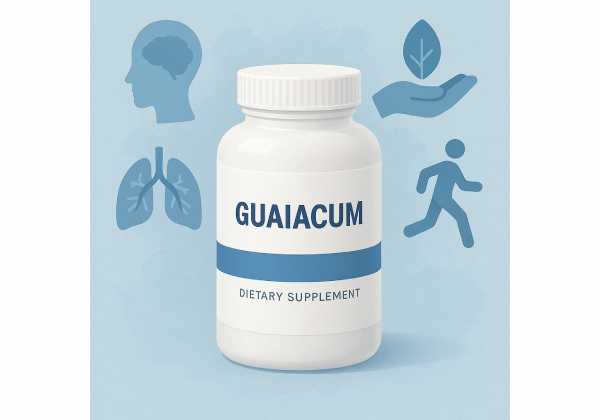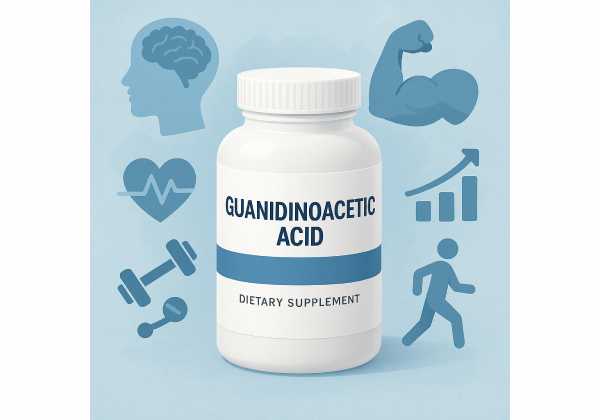Grapefruit seed oil: Skin and hair benefits, how to use it, recommended topical dosage, and safety
Grapefruit seed oil is a fixed, non-volatile oil pressed from the seeds of the grapefruit (Citrus paradisi). Lightweight and fast-absorbing, it’s prized for a high proportion of unsaturated fatty acids that help soften skin and smooth hair without a heavy feel. You’ll see it in face oils, serums, body lotions, and hair products where it supports the skin barrier,...
Gravel root: Uses for Urinary Health, Potential Benefits, Recommended Dosage, and Side Effects
Gravel root—also known as Joe-Pye root (Eutrochium purpureum, formerly Eupatorium purpureum)—is a North American herb with a long history in folk medicine for “kidney gravel,” or urinary stones. Today, interest centers on two realities: first, laboratory work suggests this plant contains constituents with anti-inflammatory activity; second, gravel root and related species can contain 1,2-unsaturated pyrrolizidine alkaloids (PAs), natural toxins...
Graviola extract: Benefits for Wellness, Best Forms, Dosage Ranges, and Side Effects
Graviola (Annona muricata), also called soursop or guanábana, is a tropical tree whose leaves, fruit, and seeds have long been used in folk medicine. Modern supplements typically focus on leaf extract and promise wide-ranging benefits—from immune and antioxidant support to balanced inflammation and glucose control. Laboratory research has identified unique compounds called acetogenins alongside alkaloids and polyphenols that may...
Greater bindweed: Potential Benefits and Risks, How It Works, Dosage Questions, and Interactions
Greater bindweed (Calystegia sepium), also called hedge bindweed, is a vigorous climbing plant in the morning glory family. Although best known as a hedgerow weed, it contains distinctive plant compounds—most notably calystegines (a class of nortropane alkaloids) and resin glycosides—that have drawn scientific interest. Traditional use has centered on mild laxative and topical applications, while modern lab studies on...
Greek sage: What It Is, Science-Backed Benefits, How to Take It, and Who Should Avoid It
Greek sage (Salvia fruticosa), sometimes called Greek sage tea or Cretan sage, is a Mediterranean shrub prized for its aromatic leaves and essential oil. Traditionally sipped as a digestive and soothing tea, it’s now studied for antioxidant activity, enzyme-modulating effects relevant to memory and metabolic health, and broad antimicrobial properties. Greek sage isn’t a cure-all, but it’s a versatile...
Green algae: Nutrition Facts, Research-Backed Benefits, Dosage, and Safety Tips
Green algae are a diverse group of freshwater and marine plants that have become popular as nutrient-dense supplements. Most products on shelves come from microalgae such as chlorella and some edible seaweeds like sea lettuce (Ulva). They provide concentrated protein, chlorophyll, carotenoids (lutein, zeaxanthin, beta-carotene), minerals, and unique polysaccharides. People reach for green algae to support general nutrition, antioxidant...
Green banana flour: Metabolic health benefits, dosage timing, culinary uses, and safety
Green banana flour (GBF) turns unripe bananas—naturally high in resistant starch—into a fine powder you can add to everyday foods. People use it to support healthy blood sugar, digestion, and weight management, and as a gluten-free baking option that performs surprisingly well. Because it is milled from unripe bananas, it contains less sugar and more fermentable fiber than ripe...
Green coffee bean extract: Benefits for Metabolism, Proper Use, Dosage Timing, and Safety Tips
Green coffee bean extract (GCBE) is a concentrated source of chlorogenic acids—polyphenols found in raw, unroasted coffee beans—often standardized and sold as capsules or powders. People reach for it to support healthy blood pressure, modest weight management, better fasting glucose, and overall cardiometabolic health. Unlike roasted coffee, GCBE is typically lower in caffeine (especially if decaffeinated), while preserving compounds...
Green oat extract: Cognitive benefits, how to use it, optimal dosage, and safety
Green oat extract—made from the aerial parts of Avena sativa harvested at the “milky” green stage—has gained attention as a gentle nootropic and well-being supplement. Early research suggests it may sharpen mental processing, support attention during demanding tasks, and help the body cope with stress. Because green oats are rich in distinctive compounds (including avenanthramides and specific flavonoids), they’re...
Green propolis: Benefits for Immunity and Inflammation, Dosage Ranges, and Who Should Avoid It
Green propolis is a plant–bee compound prized for its concentrated polyphenols—especially artepillin C—sourced mainly from the Brazilian shrub Baccharis dracunculifolia. Unlike honey, it is harvested as a resin and standardized into capsules, tinctures, or sprays. People turn to green propolis for immune support, oral and respiratory wellness, and its anti-inflammatory potential. In recent human studies, standardized green propolis has...
Green tea extract: Weight Management, Heart Health, Blood Sugar, and Safe Dosage
Green tea extract condenses the leaf’s most studied compounds—catechins like EGCG (epigallocatechin gallate), plus caffeine and L-theanine—into capsules, powders, or liquids. People use it to support body composition, cholesterol and triglycerides, blood pressure, and glucose control, and to add a gentle focus lift without the edginess of strong stimulants. Because extracts deliver far more catechins per dose than a...
Green-lipped mussel extract: What It Is, Proven Uses, Daily Dosage, and Side Effects
Green-lipped mussel extract (GLME) comes from Perna canaliculus, a shellfish native to New Zealand’s clean coastal waters. Unlike generic “fish oils,” GLME concentrates rare marine fatty acids (including eicosatetraenoic acid, ETA), omega-3s (EPA, DHA), sterols, and minor lipids that act on inflammatory pathways such as 5-LOX and COX. People most often use it for joint comfort and mobility in...
Griffonia simplicifolia seed extract: Evidence-Based Benefits, How to Use It, Dosage, and Safety
Griffonia simplicifolia seed extract is the primary natural source of 5-hydroxytryptophan (5-HTP)—the direct precursor to serotonin, which also converts to melatonin. Because serotonin influences mood, appetite, pain perception, and sleep, 5-HTP from Griffonia has become a popular supplement for healthy mood balance, better sleep quality, supporting migraine prevention, and easing fibromyalgia symptoms. Evidence ranges from preliminary to moderate depending...
Grifola frondosa: Immune Modulation Benefits, Product Selection Tips, Dosage Ranges, and Precautions
Grifola frondosa—better known as maitake or “hen-of-the-woods”—is a culinary mushroom with a long history in East Asian wellness traditions and growing interest in modern integrative care. Its extracts, especially beta-glucan–rich fractions, are studied for immune modulation, metabolic support, and adjunctive use during oncology treatment. Unlike stimulants that push one pathway hard, maitake tends to “tune” immune activity, helping certain...
Ground pine: Complete Guide to Benefits, Uses, Dosing, and Side Effects
Ground pine (Lycopodium clavatum), also called running clubmoss, is a creeping evergreen long used in European folk medicine and still sold today in powders, tinctures, and homeopathic pellets. Modern research focuses on two very different things: the plant’s alkaloids (nitrogen-bearing compounds that can inhibit the enzyme acetylcholinesterase) and its pollen-like spores whose tough shells are used as natural microcapsules....
Guaiacum: What It Is, Potential Benefits, Proper Use, Dosage Advice, and Risks
Guaiacum—best known as lignum vitae—comes from small Caribbean and Central American trees whose heartwood yields a dense, aromatic resin. For centuries, this resin was used in folk medicine for joint stiffness, chest congestion, and skin complaints. Today, guaiacum still appears in niche herbal formulas and remains relevant in medicine because its resin powers the classic guaiac fecal occult blood...
Guanidinoacetic acid: Science, Benefits, How to Take It, and Side Effects
Guanidinoacetic acid (GAA) is the body’s direct precursor to creatine, the high-energy compound that helps muscle and brain cells recycle ATP. Interest in GAA has grown because it can raise creatine availability when dietary intake or endogenous production falls short, and because some people report better tolerance or different effects than with creatine alone. In small human trials, daily...
Guar gum: Digestion, Cholesterol, Blood Sugar Control, Dosage, and Safety Explained
Guar gum is a soluble fiber made from the endosperm of the guar bean (Cyamopsis tetragonoloba). In kitchens and factories, it thickens, stabilizes, and improves texture at tiny doses. In clinics and wellness routines, it can help normalize bowel function, modestly lower LDL cholesterol, and blunt post-meal glucose spikes when used correctly. Not all guar is the same, though....
Guava leaf extract: Evidence-Based Benefits, Best Uses, Recommended Dosage, and Side Effects
Guava leaf extract comes from the leaves of Psidium guajava, a tropical tree long used in traditional medicine. Today, standardized extracts, teas, and mouthrashes made from the leaves are studied for a few practical health goals: easing acute infectious diarrhea, supporting healthy post-meal blood sugar, and improving gum health. These potential benefits are attributed to a dense mix of...
Guayule: Hypoallergenic Latex Benefits, Real-World Uses, How to Choose, and Safety
Guayule (Parthenium argentatum) is a desert shrub from northern Mexico and the U.S. Southwest that produces a high-performance natural rubber. Unlike traditional latex from Hevea brasiliensis, guayule latex is essentially free of the major proteins that trigger latex allergy, making it a valuable option for medical gloves, barrier films, and other products that need both comfort and safety. The...
Guduchi: Immune Support, Metabolic Effects, Dosage by Goal, and Safety Profile
Guduchi (Tinospora cordifolia) is a climbing vine long used in Ayurveda for immune balance and resilience. Modern studies explore its potential to support upper-respiratory comfort, metabolic health, and overall vitality by modulating inflammatory signaling and stress responses. The stem is most studied; preparations include standardized extracts, decoctions, and the popular compressed extract “Ghana vati.” While generally well-tolerated in short...
Guggul: What It Is, Proven and Potential Benefits, How to Use It, and Precautions
Guggul is the aromatic gum resin from the tree Commiphora wightii, long used in Ayurveda for metabolic, inflammatory, and skin concerns. Modern supplements usually provide a standardized extract (often called “guggulipid”) that concentrates active sterols known as guggulsterones. Interest in guggul surged because these molecules interact with nuclear receptors that help regulate cholesterol and bile acid balance. Yet the...
Guggulsterone: What It Does, How Much to Take, Interactions, and Side Effects Explained
Guggulsterone is a plant-derived sterol found in the resin of Commiphora wightii (guggul), a small desert tree used for centuries in Ayurvedic medicine. Modern research shows that guggulsterone interacts with nuclear receptors in the liver and intestines that regulate bile acids, cholesterol handling, inflammation, and drug metabolism. That makes it an intriguing—yet complex—compound for people looking at metabolic health,...
Gum arabic: Prebiotic Fiber Benefits, How to Use It, Dosage, and Safety
Gum arabic—also called acacia gum—is a natural, water-soluble dietary fiber obtained from the hardened sap of the Acacia senegal and Acacia seyal trees. Long used as a stabilizer and emulsifier in foods and beverages, it has also gained attention as a gentle prebiotic fiber that mixes cleanly into liquids without grit or gel. People choose gum arabic to support...

